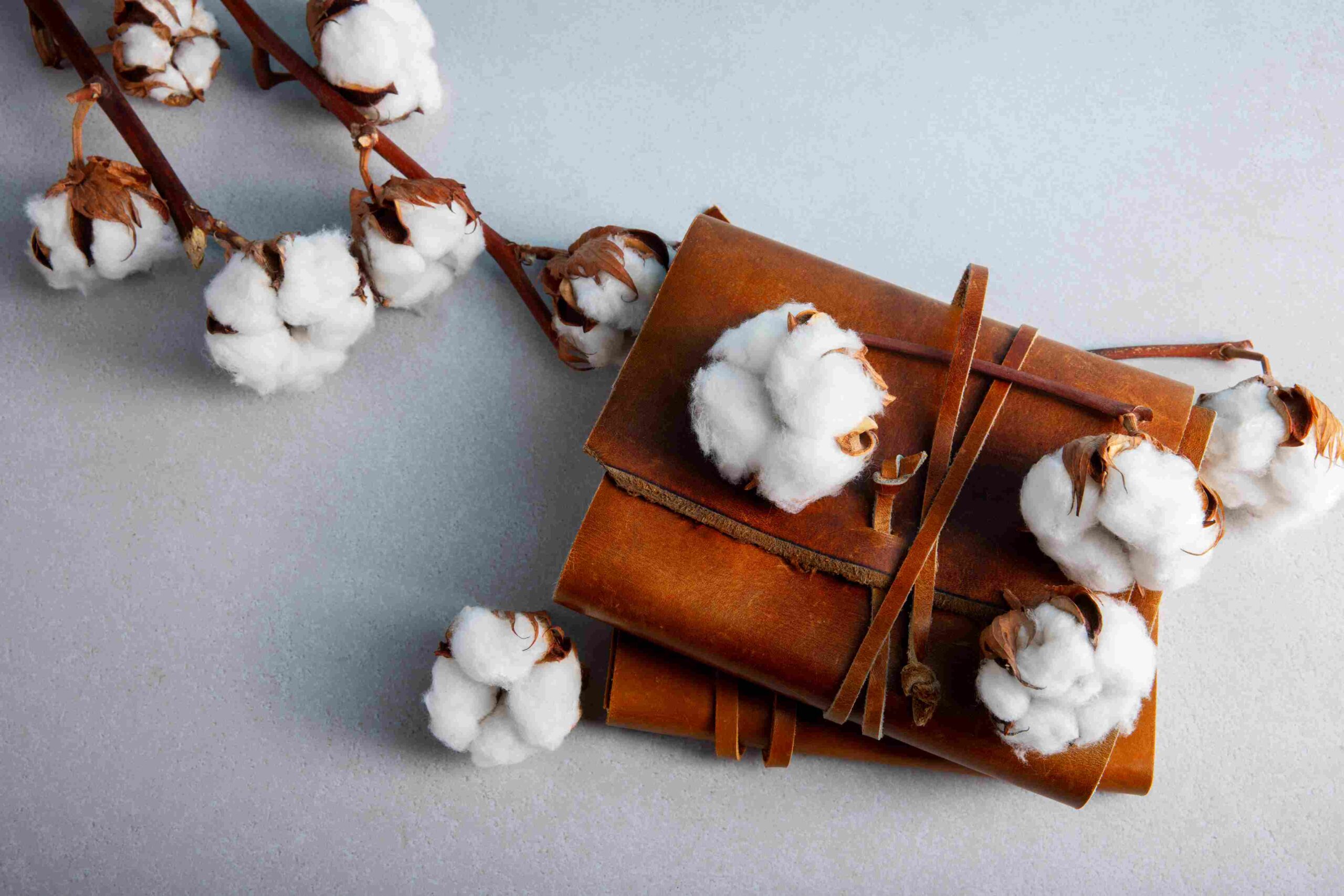cb cotton wikipedia is also known as “cross-bred cotton” is a hybrid cotton variety developed to increase yield, fiber quality and resistance to pests and diseases. This variety has gained popularity in the agricultural sector due to its adaptability to different climate and economic benefits to farmers.
If you searched for “CB Cotton Wikipedia” you might not find much information. This article will provide you a detailed overview of CB Cotton, its benefits, cultivation practices and its impact on textile ind
What is CB Cotton?
CB Cotton is a genetically improved hybrid cotton variety developed by crossing different cotton species to combine desirable traits such as:
- Higher yield – Produces more cotton per hectare than traditional varieties.
- Better fiber quality – Longer, stronger and more uniform fibers for textile manufacturing.
- Pest and disease resistance – Reduced use of pesticides, lower production cost.
- Drought tolerance – Can grow in areas with limited water.
Unlike traditional cotton, CB Cotton is designed to meet the growing demand for sustainable and high quality cotton in global market.
History and Development of CB Cotton
CB Cotton has its roots in agricultural research to improve cotton farming. Scientists and agronomists crossed local cotton varieties with high yielding varieties to create hybrids that have:
- Early maturity – Multiple harvests in a year.
- Stress tolerance – Weather fluctuations.
- Better fiber properties – Premium textile production.
India, China and US have been the leaders in CB Cotton research with agricultural universities and biotech companies contributing to its development.
CB Cotton Benefits
1. More Productivity
CB Cotton varieties have more yield per acre, making them profitable for farmers. Studies show CB Cotton can give 20-30% more than regular cotton.
2. Better Fiber Quality
CB Cotton fiber is:
- Longer staple length (good for spinning).
- Stronger tensile strength (reduces breakage during processing).
- More uniform (smooth fabric).
CB Cotton is preferred by high end textile manufacturers.
*3. Less Pesticides
Many CB Cotton hybrids are Bt (Bacillus thuringiensis) enabled, so they are resistant to bollworms. This means organic farming.
**4. Drought and Disease Tolerance
With climate change affecting agriculture, CB Cotton’s ability to withstand water scarcity and fungal diseases makes it a good option for farmers in dry areas.
**5. Benefits to Farmers
Higher yields and lower input costs (pesticides, water) means more profit for small and big farmers.
Longer staple length (good for spinning).
Stronger tensile strength (reduces breakage during processing).
More uniform (smooth fabric).
CB Cotton is preferred by high end textile manufacturers.
**3. Less Pesticide Use
Many CB Cotton hybrids are Bt (Bacillus thuringiensis) infused so they are resistant to bollworms. This reduces chemical pesticides and promotes organic farming.
**4. Drought and Disease Resistance
With climate change affecting agriculture, CB Cotton’s ability to withstand drought and fungal infections makes it a good option for farmers in dry regions.
5. Economic Benefits for Farmers
Higher yields and lower input costs (pesticides, water) = more profit for small and big farmers.
CB Cotton Cultivation Practices
To get the most out of CB Cotton, follow these practices:
1. Soil Preparation
- CB Cotton grows well in well-drained loamy soil with pH 6-7.5.
- Proper land leveling and organic manure application improves soil fertility.
2. Sowing and Spacing
- Best sowing time: Early summer (varies by region).
- Seed spacing: 60-75 cm between rows, 30-45 cm between plants.
3. Irrigation Management
- Moderate water required; drip irrigation is best for water efficiency.
- Critical stages that need irrigation:
- Germination
- Flowering
- Boll formation
4. Pest and Disease Control
- Although CB Cotton is pest-resistant, monitor for aphids, whiteflies, and leaf curl virus.
- Use IPM techniques to minimize chemical use.
5. Harvesting and Post-Harvest Care
- Harvest when bolls are fully mature (usually 150-180 days after sowing).
- Proper storage and ginning to maintain fiber quality.
CB Cotton vs. Organic Cotton vs. Bt Cotton
FeatureCB CottonOrganic CottonBt CottonYieldHighModerateHighPesticide UseReducedNoneReducedFiber QualitySuperiorGoodModerateCostModerateHighLow-ModerateSustainabilityEco-friendlyHighly sustainableModerately sustainable
While organic cotton is chemical-free, yield is lower. Bt Cotton is pest-resistant but may lack fiber qGlobal Market and Future of CB Cotton
Demand for CB Cotton is increasing due to:
- Textile industry needs for high quality fibers.
- Government subsidies for hybrid cotton farming.
- Climate resilient farming trends.
India, Pakistan, Brazil and African countries are adopting CB Cotton to boost agricultural output. Research is on to develop next gen CB Cotton with:
- Higher drought tolerance.
- Genetic modifications for disease control.
- Compatibility with organic farming.
uality. CB Cotton is the balance between productivity, quality and sustainability.
Conclusion
CB Cotton is a game changer in cotton farming, offering more yields, better fiber quality and sustainable farming. It may not have a dedicated CB Cotton Wikipedia page yet but its importance in agriculture and textiles cannot be ignored.
Farmers, textile manufacturers and policymakers must work together to promote CB Cotton as a viable eco friendly option to traditional cotton varieties. With more research and adoption CB Cotton can become a global standard in sustainable cotton production.
FAQs About CB Cotton
Q1: Is CB Cotton genetically modified?
Some CB Cotton varieties are GMO (like Bt infused hybrids) while others are developed through traditional cross breeding.
Q2: Where is CB Cotton grown?
India, China, US and Brazil are the top producers.
Q3: How does CB Cotton benefit the environment?
Reduces pesticide use, conserves water and promotes sustainable farming.
Q4: Can CB Cotton be used for organic textiles?
Only if grown without synthetic pesticides/GMOs otherwise its conventional.
Q5: What’s the future of CB Cotton?
Expect higher yielding climate resistant strains to dominate the cotton market.
By understanding and adopting CB Cotton farmers and industries can contribute to a more sustainable and productive agricultural future.
